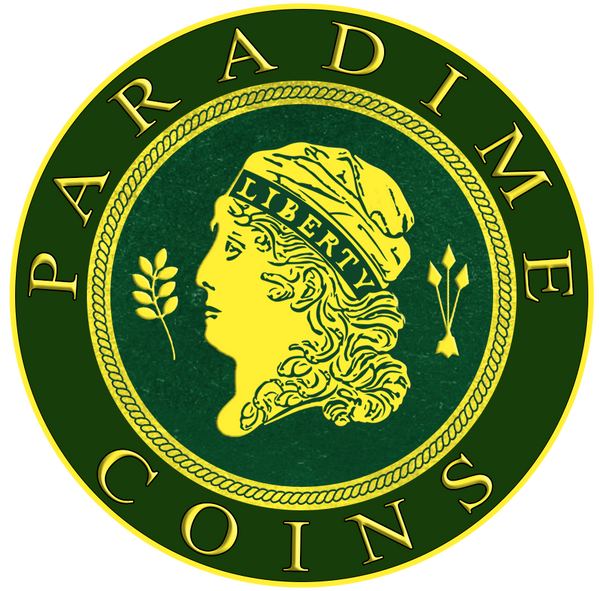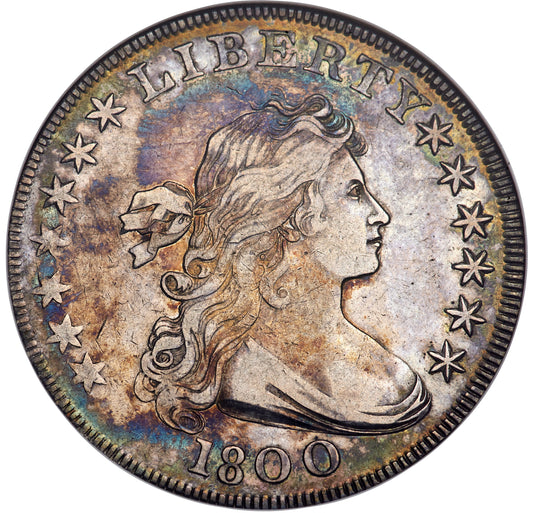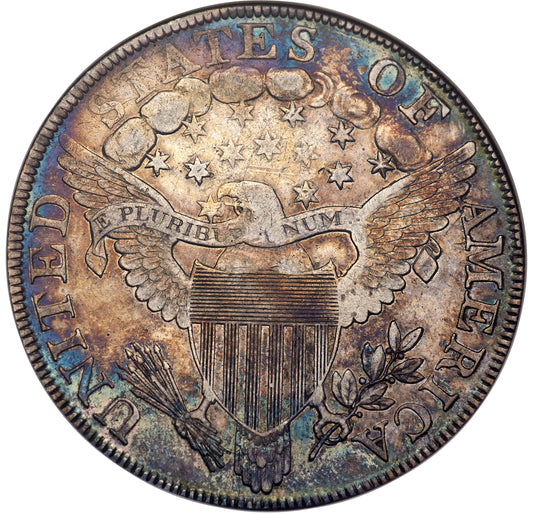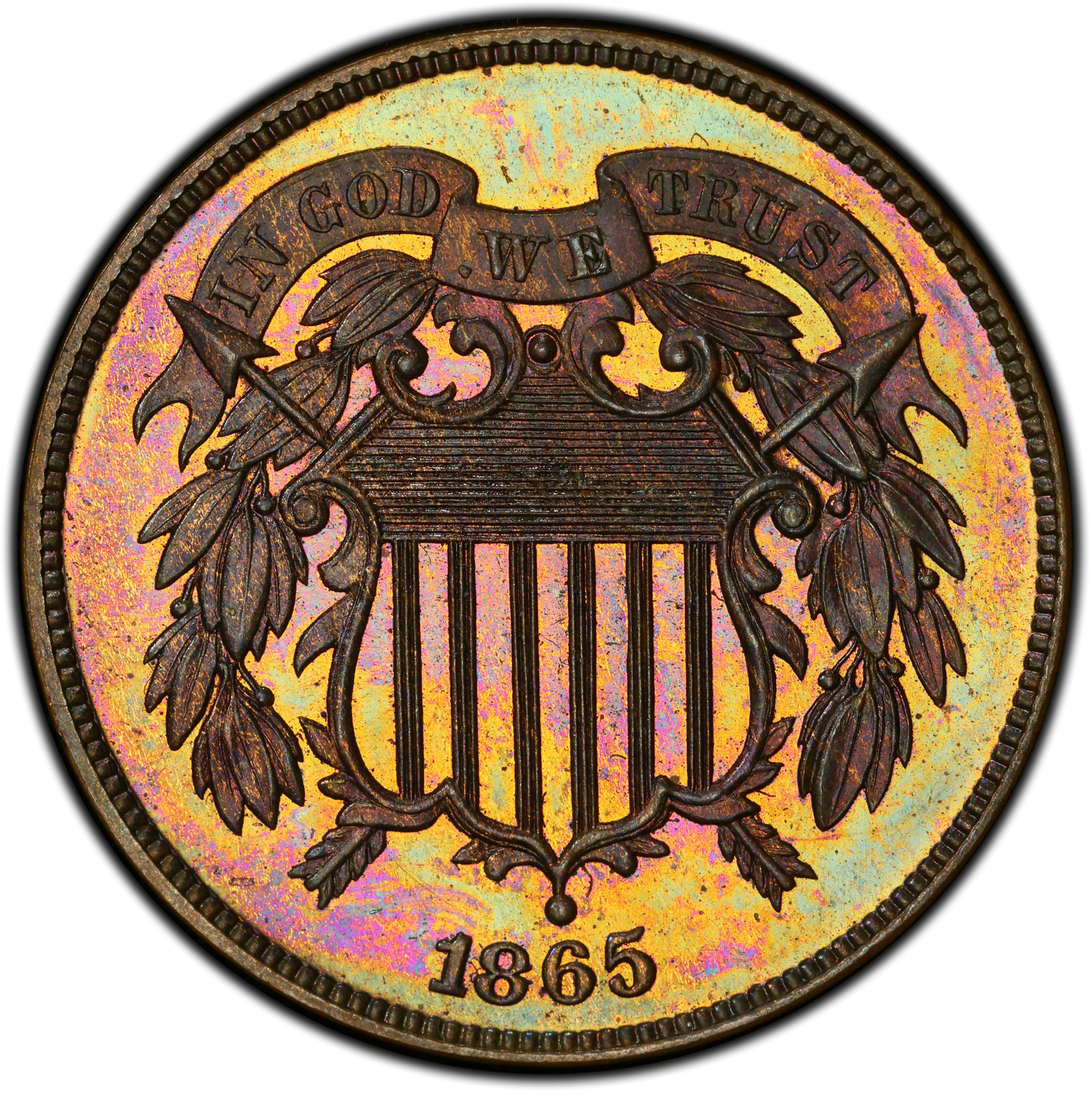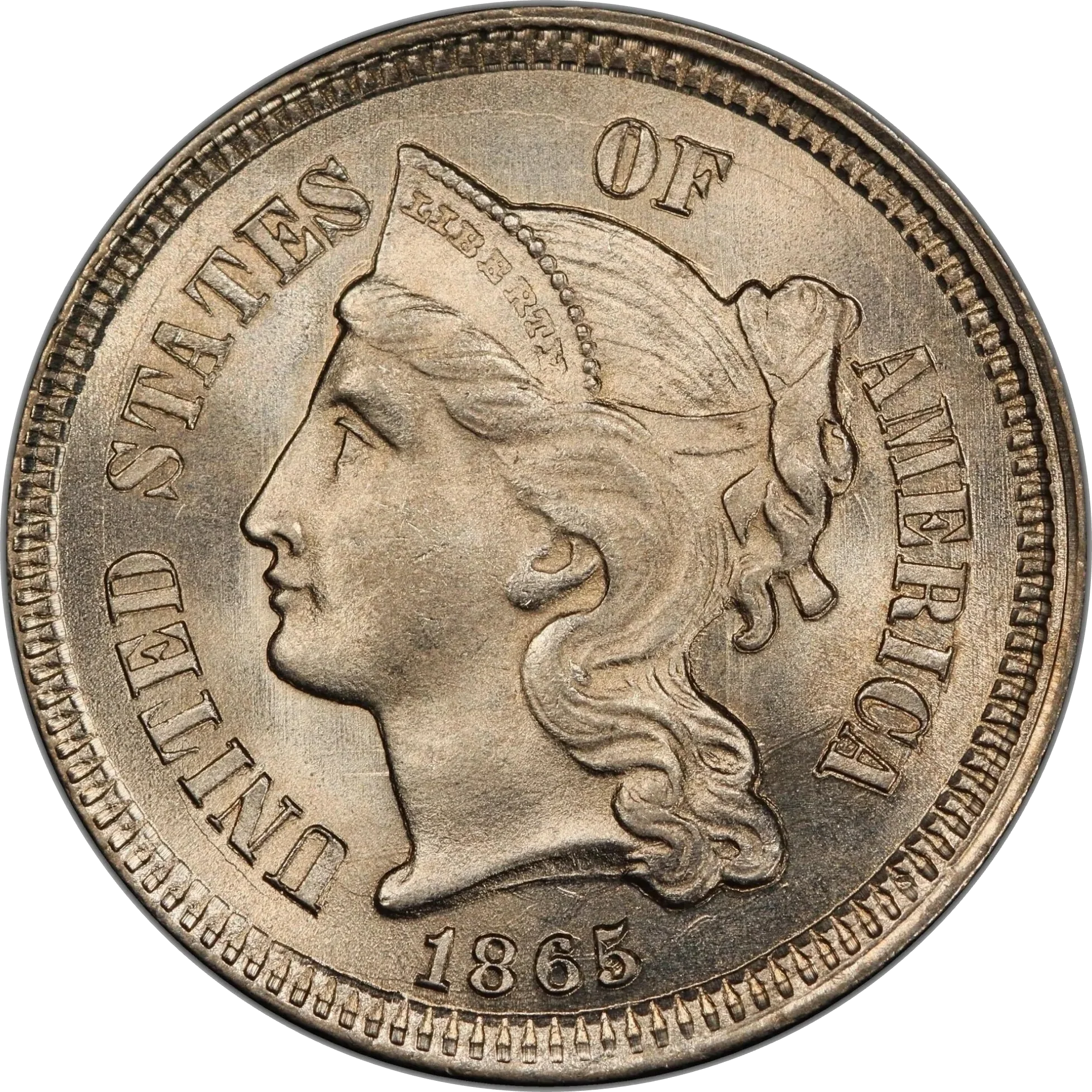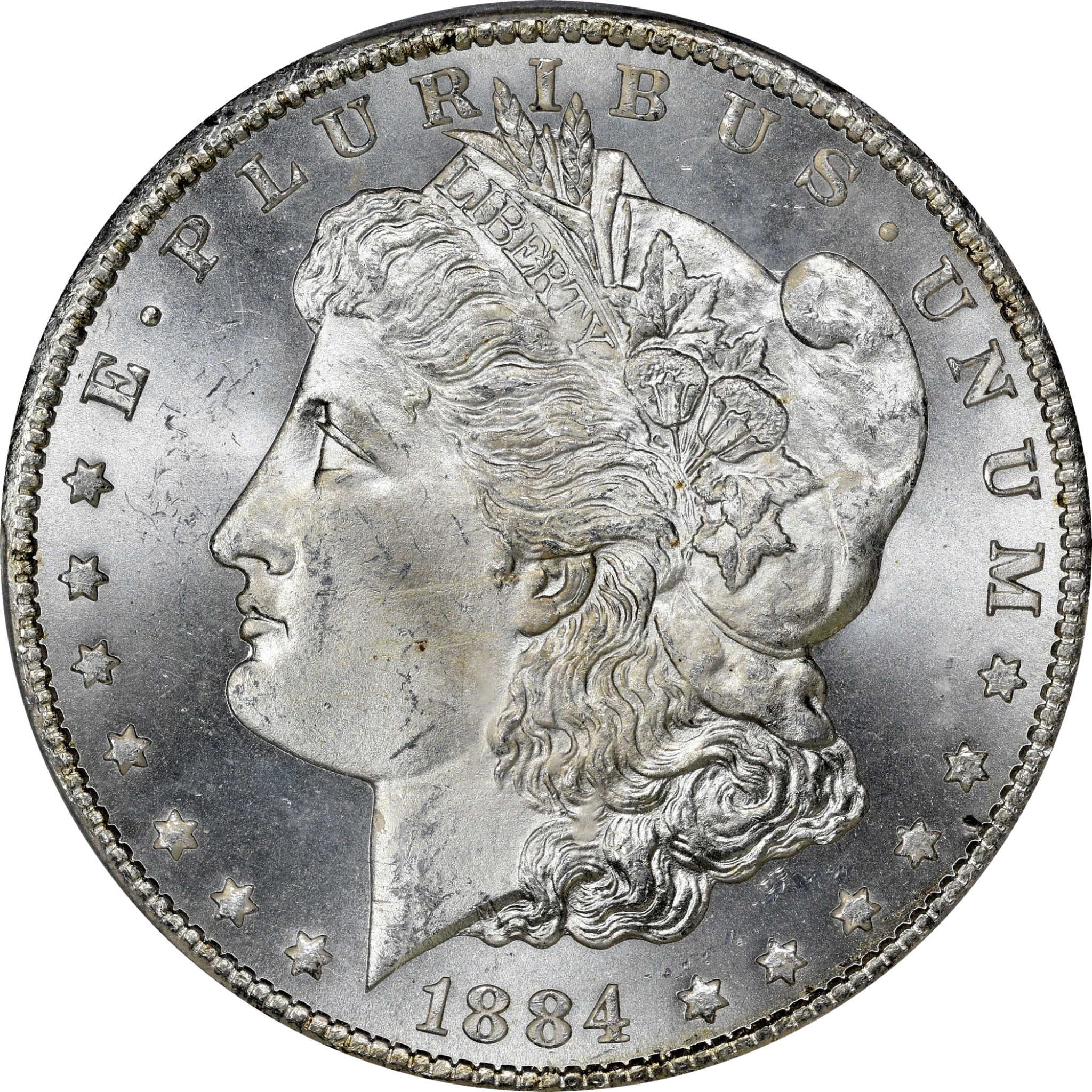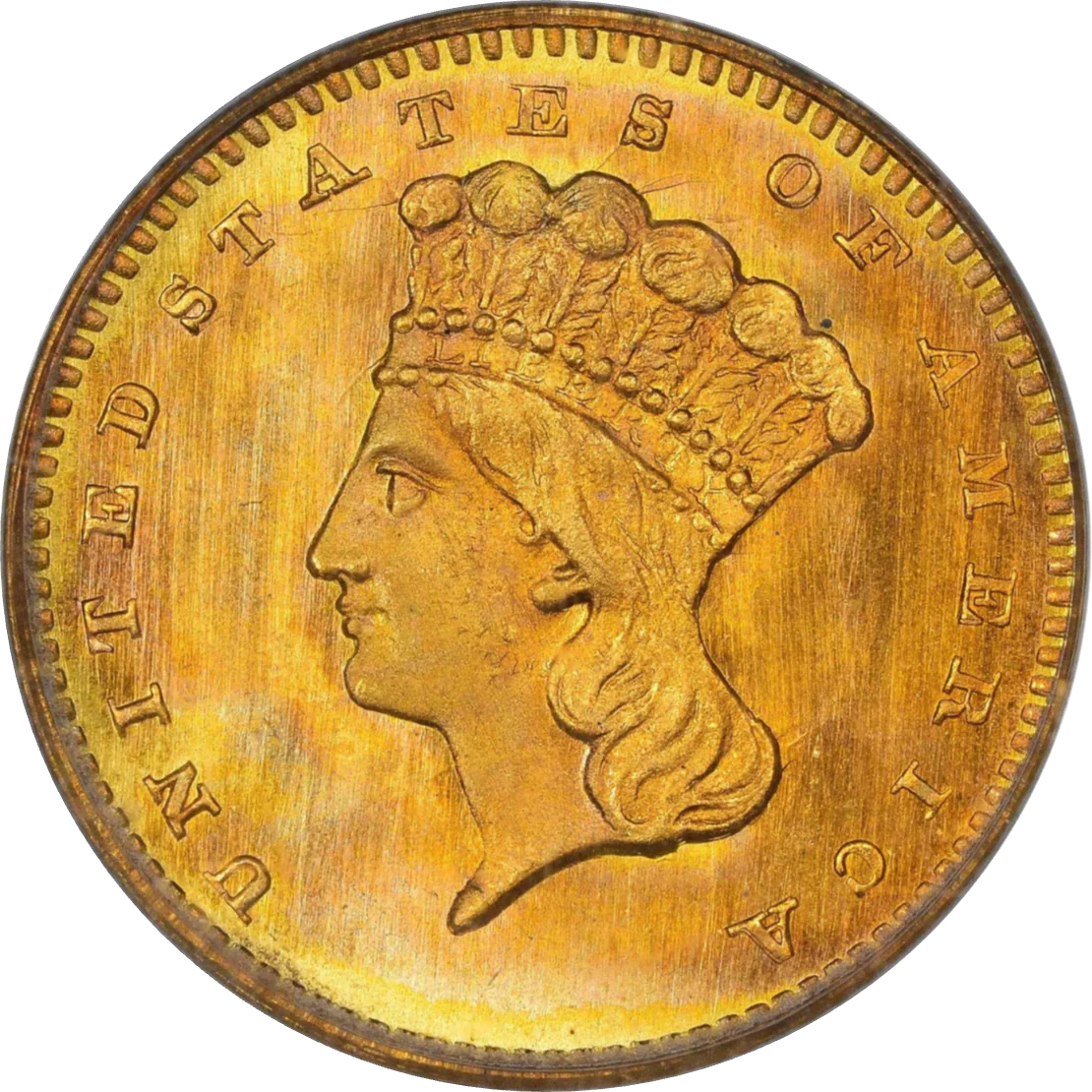Collection: Type 2, Heraldic Eagle
-
1800 $1 XF45 OH ANACS
Regular price $5,250.00Regular priceUnit price / per -

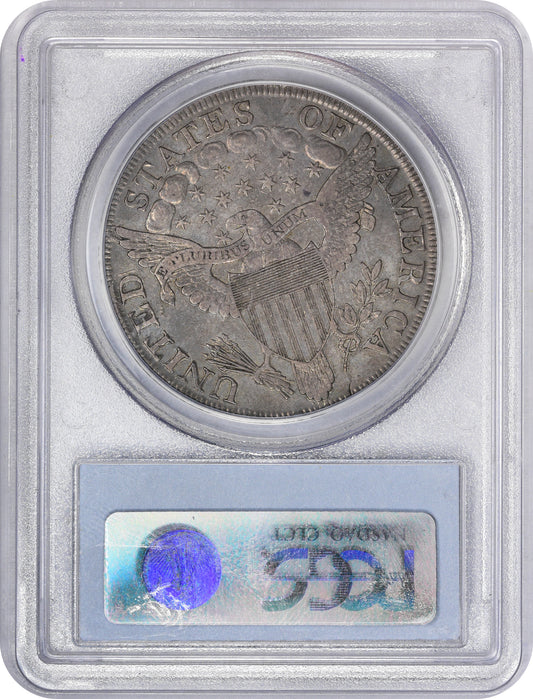
1803 $1 LARGE VF35 PCGS CAC
Regular price $4,750.00Regular priceUnit price / per
Designed by: Robert Scot
Issue Dates: 1800-1805
Composition: 89.24% silver, 10.76% copper
Diameter: 16.5 mm
Weight: 1.34 grams (20.8 grains)
Edge: Reeded
Business Strike Mintage: 124,270
Proof Mintage: None
The Draped Bust, Heraldic Eagle half dimes of 1800–1805 represent a brief but historically important chapter in early U.S. silver coinage. These ... Read More
Designed by: Robert Scot
Issue Dates: 1800-1805
Composition: 89.24% silver, 10.76% copper
Diameter: 16.5 mm
Weight: 1.34 grams (20.8 grains)
Edge: Reeded
Business Strike Mintage: 124,270
Proof Mintage: None
The Draped Bust, Heraldic Eagle half dimes of 1800–1805 represent a brief but historically important chapter in early U.S. silver coinage. These coins retained Robert Scot’s Draped Bust obverse, originally introduced in 1796, featuring Liberty facing right with flowing hair and a draped neckline, framed by thirteen stars—standardized by 1800 to seven left and six right.
The reverse adopted the Heraldic Eagle motif, inspired by the Great Seal of the United States and first introduced on other silver denominations in the 1790s. The eagle, with a shield on its breast, clutches arrows and an olive branch in its talons, while a ribbon inscribed E PLURIBUS UNUM flows from its beak. Above, clouds arc over a field of stars, with UNITED STATES OF AMERICA around the border. Notably, the design omits any reference to denomination or value.
Mintages across these years were modest, and all dates are scarce, particularly in higher grades. The 1802 half dimestands as one of the key rarities in all of American numismatics, with an estimated three dozen examples known today. Most are in low grades, with the finest known—the Garrett specimen—graded AU. Uncirculated coins from any year in this range are extremely rare, with 1800 being the most accessible in Mint State. No half dimes were struck dated 1804.
Typical for the era, these coins often exhibit weak strikes, especially on the obverse stars and the reverse cloud and star details above the eagle. Adjustment marks and softness at the central devices are common. These imperfections reflect the Mint’s focus at the time: efficient bullion-to-coin conversion rather than artistic perfection.
Varieties are limited, though notable is the 1800 “LIBEKTY”, caused not by a blundered die but by a defective “R” punch. Like the better-known 1796 “LIKERTY”, this is a die state curiosity rather than a distinct variety.
The 1802 half dime, long revered for its rarity and originality, was praised by 19th-century numismatists such as Harold Newlin, who considered it the most desirable of all U.S. silver coins. Unlike the 1804 dollar or 1827 quarter—both subject to restriking—the 1802 half dime was never reproduced from original dies, increasing its appeal to purists.
In sum, 1800–1805 Draped Bust half dimes are essential to early American silver collections. While most survive in worn grades, their charm lies in their scarcity, historic context, and the individuality of each hand-prepared die. For the collector or student of U.S. coinage, these coins offer not only a challenge but a tangible connection to the formative years of the U.S. Mint.
... Read Less